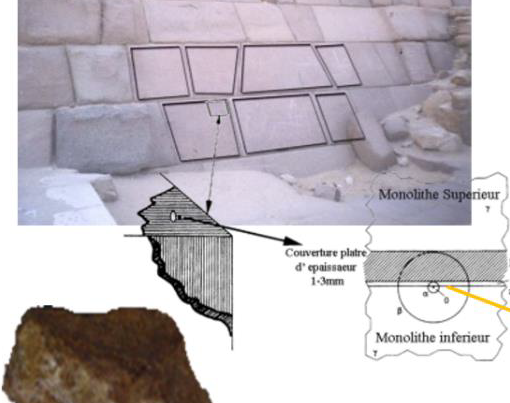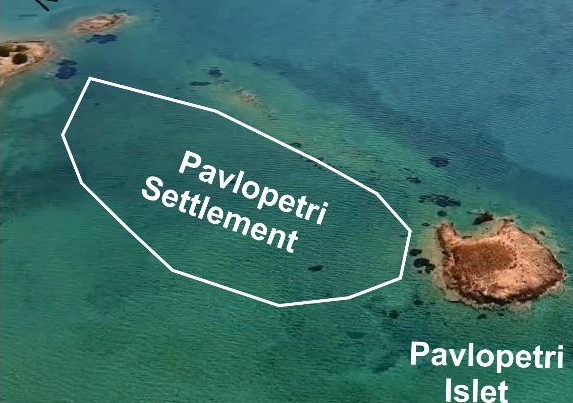by Mona F. Ali, Abubakr Moussa and Safaa H. El-Sayed
ABSTRACT
Present work presents an analytical survey of the murals at the tomb of Iwrakhy/Hatia (1550 BC-1077 BC), owner was a noble lived during the ruling era of king Ramses II (reigned 1279-1213 BC), discovered during the Cairo University excavation season of 2018 at Saqqara area. New evidence is produced for the use of lead ores abreast with hematite as a source of red pigments, moreover; as well as proof of the mixing process of goethite with orpiment to get a gold-like colour. Stones, mortars, plasters and pigments were investigated using the digital microscope and the scanning electron microscope, and X-ray diffraction, SEM-EDX, while the paint medium was examined using the FTIR and Raman spectroscopy. Mortars and rendering layers are composed of gypsum, the latter is the ideal arriccio for the tempera murals and for the dry Egyptian climate; crushed limestone and quartz were added to gypsum as fillers. The red pigment is hematite mixed with lead; this represents a new discovery in the new kingdom murals. Yellow pigment is goethite mixed with orpiment, a rare case of the ancient Egyptian trials for gaining the effect of gilding on the walls, trying to imitate the common tradition in painting coffins. Regarding the blue pigment; it is Egyptian blue containing high amounts of wollastonite and atacamite, blue is turned into greenish due to the presence of halite, animal glue was used as a paint medium in the studied tomb.
![]()



